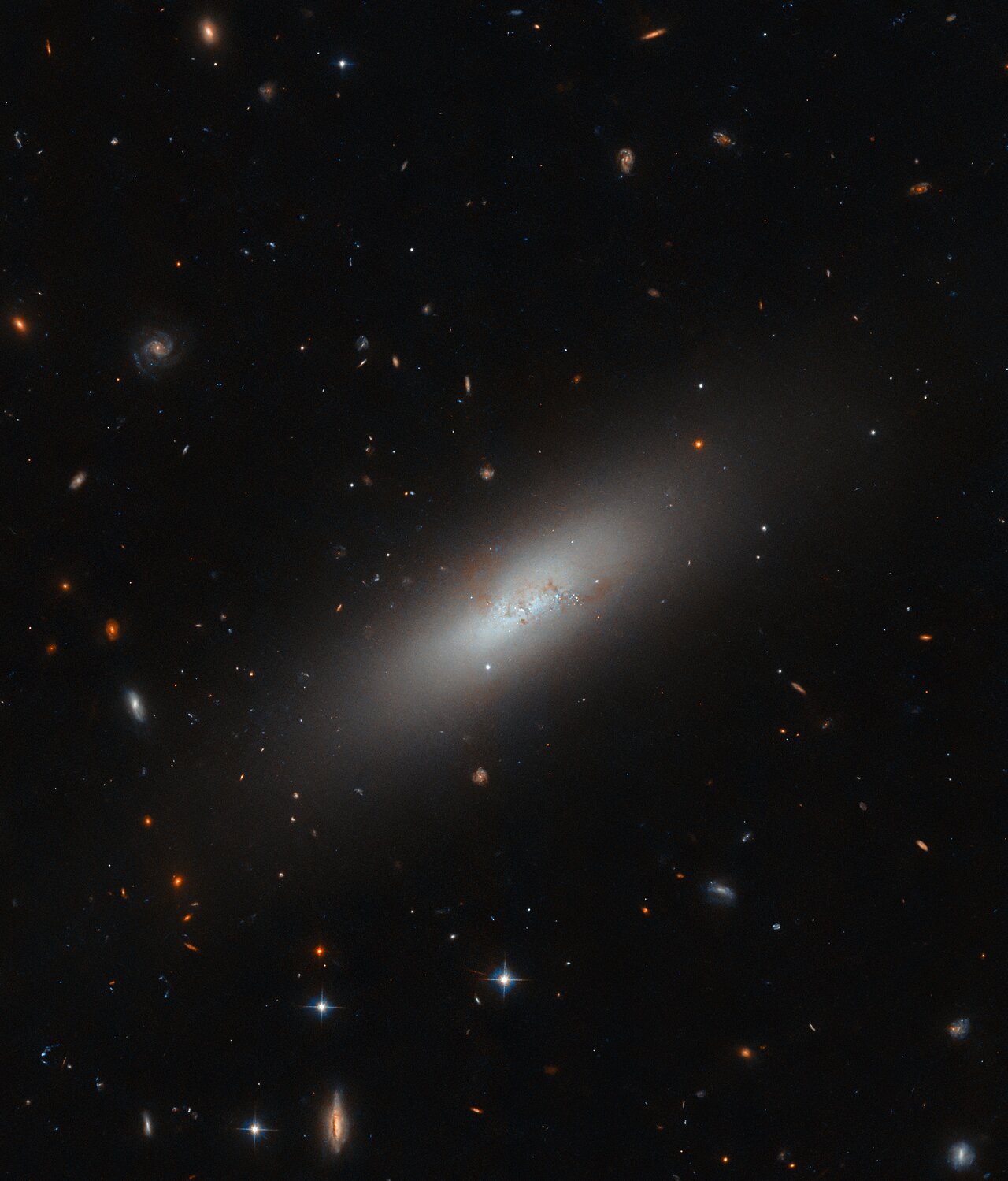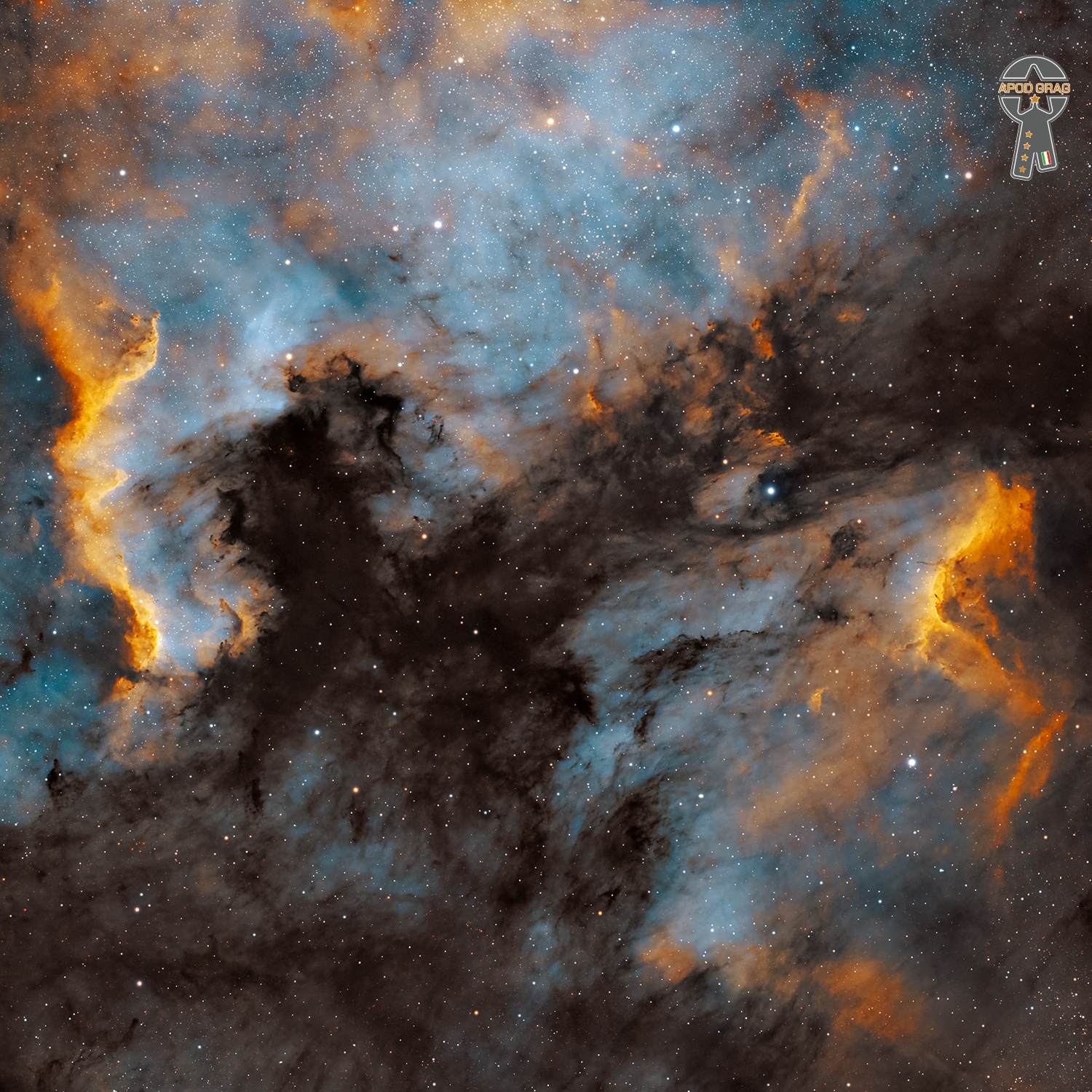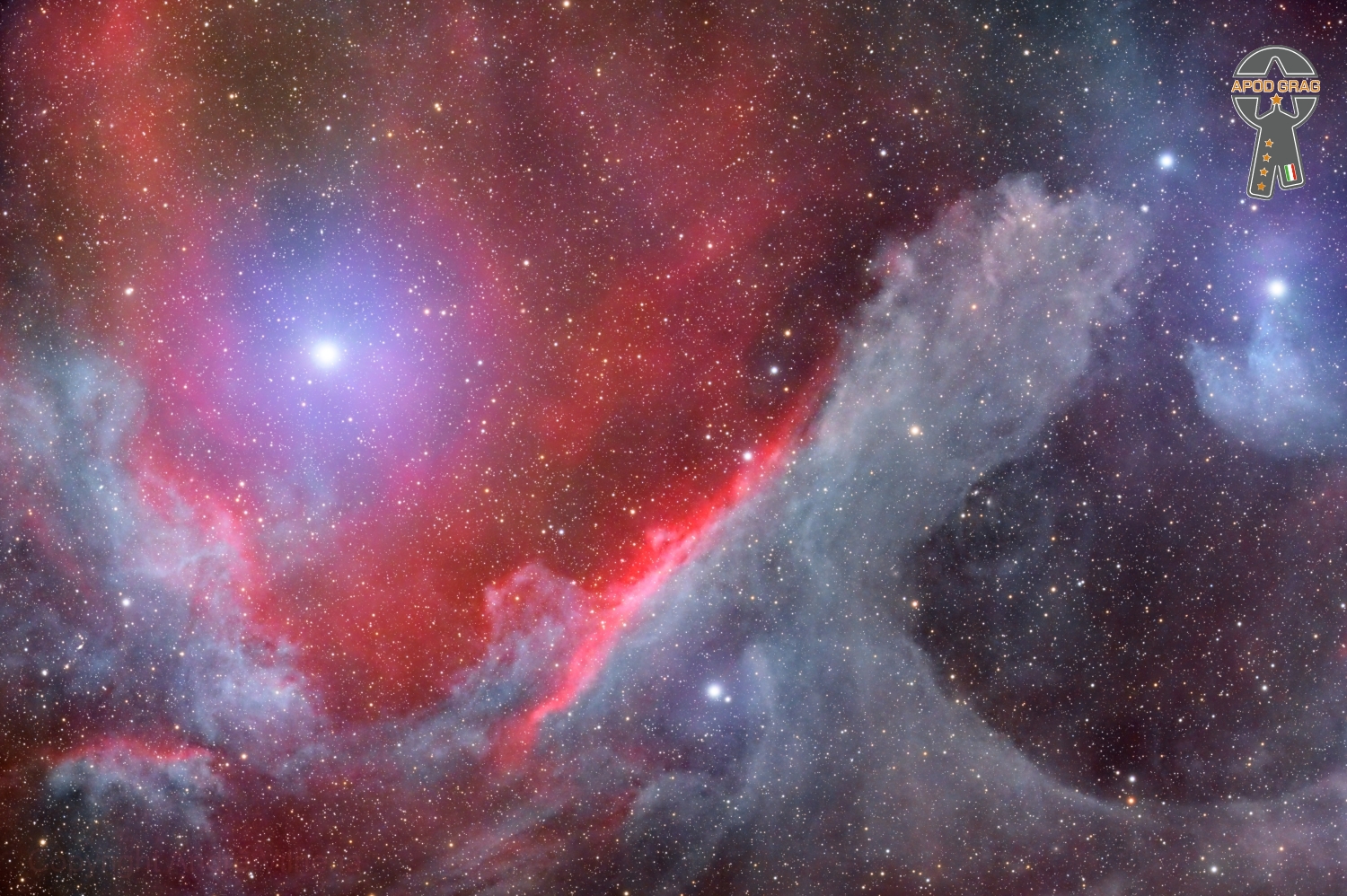Blog
George “Buddy” Guy (born July 30, 1936 Lettsworth, LA) is an American blues guitarist and singer. He is an exponent of Chicago blues who has influenced generations of guitarists including Eric Clapton, Jimi Hendrix, Jimmy Page, Keith Richards, Stevie Ray Vaughan, Jeff Beck, Gary Clark Jr. and John Mayer. In the 1960s, Guy played with Muddy Watersas a session guitarist at Chess Records and began a musical partnership with blues harp virtuoso Junior Wells.
Guy has won eight Grammy Awards and a Lifetime Achievement Award, the National Medal of Arts, and the Kennedy Center Honors. Guy was ranked 27th in Rolling Stonemagazine’s 2023 list of greatest guitarists of all time. His song “Stone Crazy” was ranked 78th in the Rolling Stone list of the “100 Greatest Guitar Songs of All Time”.Clapton once described him as “the best guitar player alive”. In 1999, Guy wrote the book Damn Right I’ve Got the Blues, with Donald Wilcock. His autobiography, When I Left Home: My Story, was published in 2012.
more...The Hubble Picture of the Week this week reveals the subtle glow of the galaxy named IC 3430, located 45 million light-years from Earth in the constellation Virgo. It is part of the Virgo cluster, a rich collection of galaxies both large and small, many of which are very similar in type to this diminutive galaxy. IC 3430 is a dwarf galaxy, a fact well reflected by this view from Hubble, but it is more precisely known as a dwarf elliptical or dE galaxy. Like its larger cousins, this galaxy has a smooth, oval shape lacking any recognisable features like arms or bars, and it is bereft of gas to form very many new stars. Interestingly, IC 3430 does feature a core of hot, massive blue stars, an uncommon sight in elliptical galaxies that indicates recent star-forming activity. It’s believed that ram pressure from the galaxy ploughing through gas within the Virgo cluster has ignited what gas does remain in IC 3430’s core to form some new stars. Dwarf galaxies are really just galaxies with not many stars, usually fewer than a billion, but that is often enough for them to reproduce in miniature the same forms as larger galaxies. There are dwarf elliptical galaxies like IC 3430, dwarf irregular galaxies, dwarf spheroidal galaxies and even dwarf spiral galaxies! The so-called Magellanic spiral is a distinct type of dwarf galaxy, too, the best example being the well-known dwarf galaxies that are the Magellanic Clouds. [Image Description: A relatively small, oval-shaped galaxy, tilted diagonally. It glows brightly at the centre and dims gradually to its edge. At the centre it is crossed by some wisps of dark dust, and a few small, blue, glowing spots are visible, where stars are forming. The galaxy is on a dark background in which many background galaxies and foreground stars can be seen.]

Joe Beck (July 29, 1945 – July 22, 2008) was an American jazz guitarist who was active for over 40 years.
Born in Philadelphia, Beck moved to Manhattan in his teens, playing six nights a week in a trio setting, which gave him an opportunity to meet various people working in the thriving New York music scene. By the time he was 18, Stan Getz hired him to record jingles, and in 1967 he recorded with Miles Davis. By 1968, at age 22, he was a member of the Gil Evans Orchestra. Beck died in Woodbury, Connecticut, of complications from lung cancer. His album Get Me Joe Beck was posthumously released in 2014.
more...Donald Matthew Redman (July 29, 1900 – November 30, 1964) was an American jazz musician, arranger, bandleader, and composer. Redman was born in Piedmont, Mineral County, West Virginia, United States.
more...Charles Henry Christian (July 29, 1916 – March 2, 1942) was an American swing and jazz guitarist. He was among the first electric guitarists and was a key figure in the development of bebop and cool jazz. He gained national exposure as a member of the Benny Goodman Sextet and Orchestra from August 1939 to June 1941. His single-string technique, combined with amplification, helped bring the guitar out of the rhythm section and into the forefront as a solo instrument. For this, he is often credited with leading to the development of the lead guitar role in musical ensembles and bands.
Christian was born in Bonham, Texas. His family moved to Oklahoma City, Oklahoma, when he was a small child. His parents were musicians. He had two brothers: Edward, born in 1906, and Clarence, born in 1911. Edward, Clarence, and Charlie were all taught music by their father, Clarence Henry Christian. After a visit to the hospital that same month by the tap dancer and drummer Marion Joseph “Taps” Miller, Christian declined in health. He died of tuberculosis on March 2, 1942, at the age of 25. He was buried in an unmarked grave in Bonham, Texas.
more...The Pelican Nebula (also known as IC 5070 and IC 5067) is an H II regionassociated with the North America Nebula in the constellation Cygnus. The gaseous contortions of this emission nebula bear a resemblance to a pelican, giving rise to its name. The Pelican Nebula is located nearby first magnitude star Deneb, and is divided from its more prominent neighbour, the North America Nebula, by a foreground molecular cloud filled with dark dust. Both are part of the larger H II region of Westerhout 40. 1800ly.

more...
Delfeayo Marsalis born July 28, 1965 NOLA) is an American jazztrombonist, record producer and educator.
more...(July 28, 1930 – January 17, 1998 Hudsonville, MI) was an American blues musician. His best-known works are “Keep Your Hands off Her” and “All Night Long”. In 2023, he was inducted in the Blues Hall of Fame.
more...Michael Bernard Bloomfield (July 28, 1943 – February 15, 1981) was an American blues guitarist and composer. Born in Chicago, he became one of the first popular music stars of the 1960s to earn his reputation almost entirely on his instrumental prowess, as he rarely sang before 1969. Respected for his guitar playing, Bloomfield knew and played with many of Chicago’s blues musicians before achieving his own fame and was instrumental in popularizing blues music in the mid-1960s. In 1965, he played on Bob Dylan’s Highway 61 Revisited, including the single “Like a Rolling Stone“, and performed with Dylan at that year’s Newport Folk Festival. Bloomfield died in San Francisco on February 15, 1981. He was found seated behind the wheel of his car, with all four doors locked. According to police, an empty Valiumbottle was found on the car seat, but no suicide note was found. The medical examiner who performed the autopsy ruled the death accidental overdose, due to cocaine and methamphetamine poisoning.Bloomfield’s last album, Cruisin’ for a Bruisin’, was released the day his death was announced. His remains are interred in a crypt at Hillside Memorial Park Cemetery, in Culver City, near Los Angeles.
more...Sharpless 1, also known as Sh2-1, is a combination of a glowing HII region (in red) with the reflection nebula (blue) in the same field of view, with star Pi-Scorpii at its center. It is located in constellation Scorpius, nearby the well known Rho Ophiucus.

Moses Rascoe (27 July 1917 – 6 March 1994) was an American blues singer and guitarist.Moses Lee Rascoe was born in Windsor, North Carolina. His father played harmonica and his mother piano. He got his first guitar 13 first playing the streets and then juke joints. He hoboed around the South and moved to York, Pennsylvania in 1940.
Incredibly it wasn’t until some 50-odd years later that he turned professional. In between, he traveled the roads as a day labourer and truck driver, playing guitar only for “a dollar or a drink,” as he told Jack Roberts in Living Blues.
For most of his life making a living at music was the furthest from his mind. “I heard tell of so many people that had got beat out of their money” Roscoe explained, “that I said forget it. They were’nt going to beat me out of anything”.
But he’d picked up plenty of songs over the years, from old Brownie McGhee Piedmont blues to Jimmy Reed’s ’50s jukebox hits, and when he retired from trucking for the Allied Van Lines at the age of 65, he gave his music a shot. With a mellow baritone voice and finger picking his 6- and 12-string guitars, Rascoe told simple stories in the blues and gospel tradition.
The local folk-music community took notice, as did blues and folk festivals from Chicago to Europe. Rascoe recorded his only album live at Godfrey Daniels, a Pennsylvania coffeehouse, in 1987 which was produced by Radio DJ Gene Shay for Flying Fish records. After which he was in demand, appearing at the Newport Folk Festival and the Chicago Blues Festival.
He continued performing up until he died at the Vetrans Administration Medical Cenrer, Lebanon, Pennsylvania on 6 March 1994. He was buried at Indiantown Gap National Cemetery, Annville.
more...Jean Toussaint (born July 27, 1960) is an American jazz tenor and soprano saxophonist.
Toussaint was born in Aruba, Dutch Antilles, and was raised in Saint Thomas and New York City. He learned to play calypso as a child and attended Berklee College of Music in the late 1970s, studying under Bill Pierce (saxophonist). In 1979 he formed a group with Wallace Roney and from 1982 to 1986 was a member of Art Blakey and the Jazz Messengers alongside Terence Blanchard, Donald Harrison, Mulgrew Miller and Lonnie Plaxico. With Blakey he recorded three studio albums, including New York Scene, which won a Grammy for Best Jazz Instrumental Performance.
more...More Posts
- Herlin Riley
- Nathan Davis
- World Music Tinariwen
- Daily Roots Junior Marvin
- Echos of Freedom by Rabindranath Tagore
- Happy Valentines Day 2025
- Little Shop of Horrors
- Cosmo NGC 2237
- Merl Saunders
- Tim Buckley
- Magic Sam
- Flamenco Fridays Gipsy Kings
- Daily Roots Playing for Change
- Echoes of Freedom James Baldwin
- SORRY FOR YOUR LOSS IS NOT HELPFUL
- Judy Dyble
- “Rebop” Kwaku Baah
- Little Shop of Horrors 2025
- Cosmo VdB 31
- Peter Gabriel